The peaceful Khokhan Wildlife Sanctuary is in the Kullu area of Himachal Pradesh.This refuge is distinguished for its striking landscapes and rich biodiversity. This sanctuary is highly appealing for those who enjoy the outdoors and animals due to its diverse range of species and lush green surroundings. This location has been recognised as one of the state’s top wildlife sanctuaries due to its serene atmosphere and amazing scenery. Additionally, it offers excellent opportunities for nature photography and bird watching, making it a paradise for wildlife enthusiasts.
Location
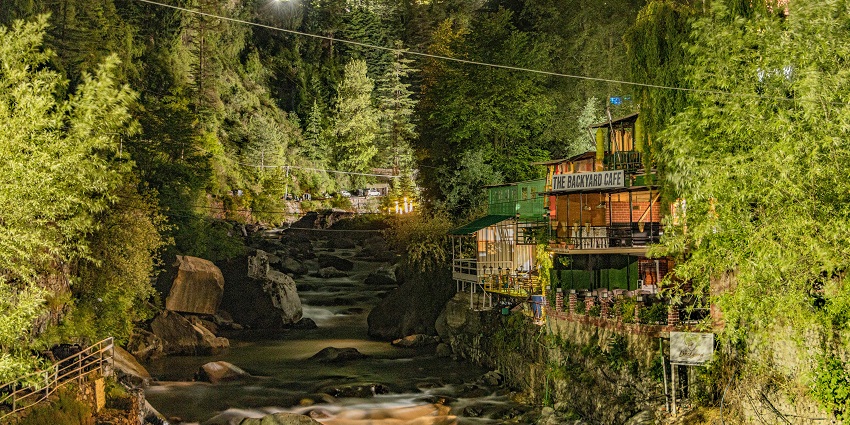
Photo: Shantum Singh / Pexels / Image For Representation Only
Khokhan Wildlife Sanctuary is situated in the Kullu District of Himachal Pradesh, covering an area of approximately 21.25 square kilometres. The sanctuary is conveniently located within reach of Kullu town.
Suggested Read: Explore The Diverse Wildlife Of Dhauladhar Wildlife Sanctuary In Himachal
How To Reach Khokhan Wildlife Sanctuary
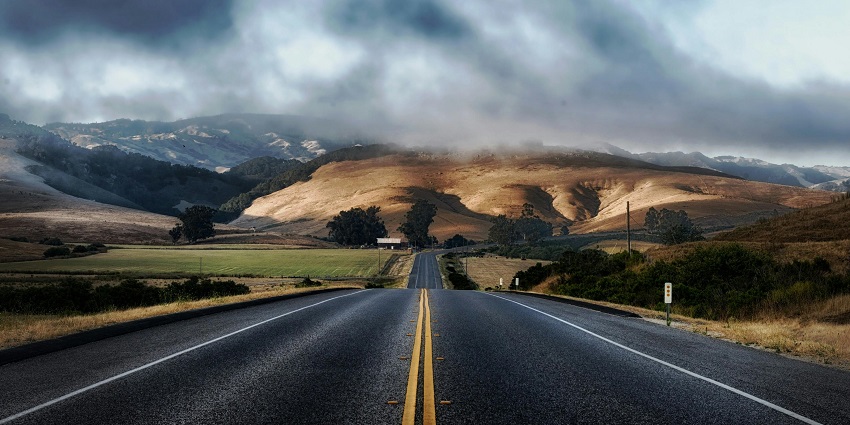
Photo: Pixabay / Pexels / Image For Representation Only
Several travel options are available to reach Khokhan Wildlife Sanctuary:
By Air: The nearest airport is Bhuntar Airport, about 30 kilometres from the sanctuary. Visitors can hire a taxi from the airport or take a local bus to the sanctuary.
By Road: The sanctuary is accessible from Kullu and other nearby towns. Regular bus services and shared taxis operate between these towns and the sanctuary. The journey offers scenic views of the surrounding hills and valleys.
By Train: The nearest central railway station is in Joginder Nagar, roughly 100 kilometres away. From Joginder Nagar, visitors can hire a taxi or take a bus to Kullu and proceed to the sanctuary.
Places In Khokhan Wildlife Sanctuary
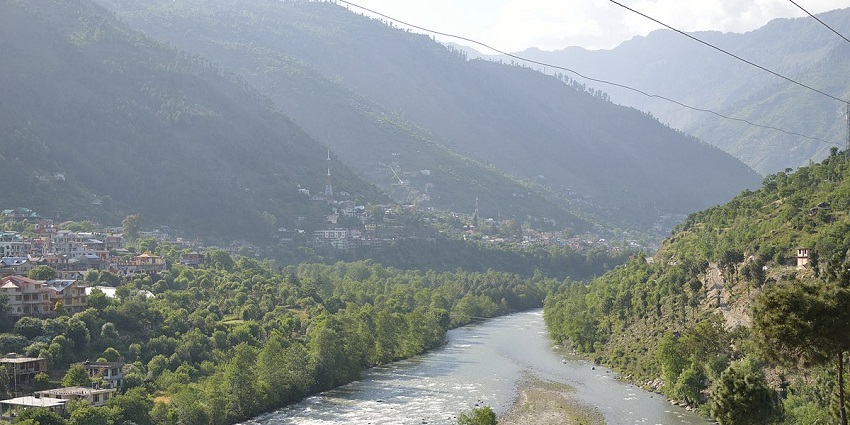
Photo: Biswarup Ganguly / Wikimedia Commons / Image For Representation Only
Here are some notable places within and around the sanctuary:
1. Kullu
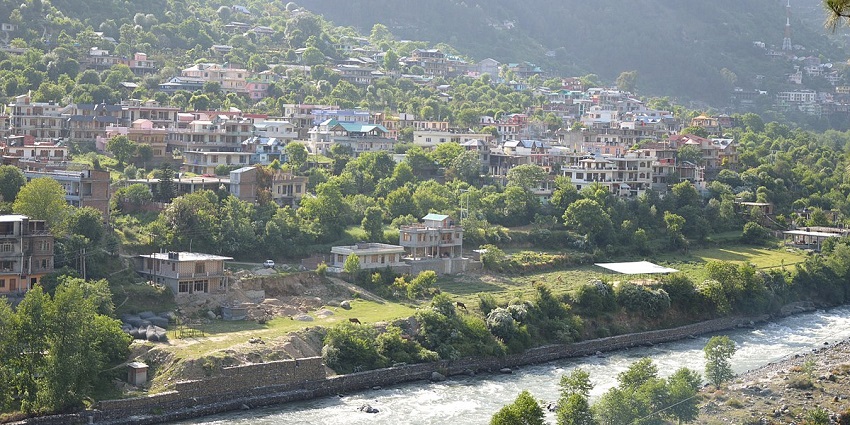
Photo: ABiswarup Ganguly / Wikimedia Commons
Kullu, the “Valley of Gods,” is a beautiful town in Himachal Pradesh famous for its natural aesthetics and cultural heritage. Kullu lies along the Beas River, with gigantic mountains and lush valleys. The place is a doorway to many adventure options, ranging from trekking to river rafting and even paragliding, so an attraction for many adventure enthusiasts. The region’s significant number of centenary and endemic festivals, more importantly, Kullu Dussehra, represent the region’s folk culture.
Timings: March to June and September to November
Activities: Explore the temples, shop at local markets, and engage in adventure sports.
Suggested Read: Trekking In Great Himalayan National Park
2. Great Himalayan National Park
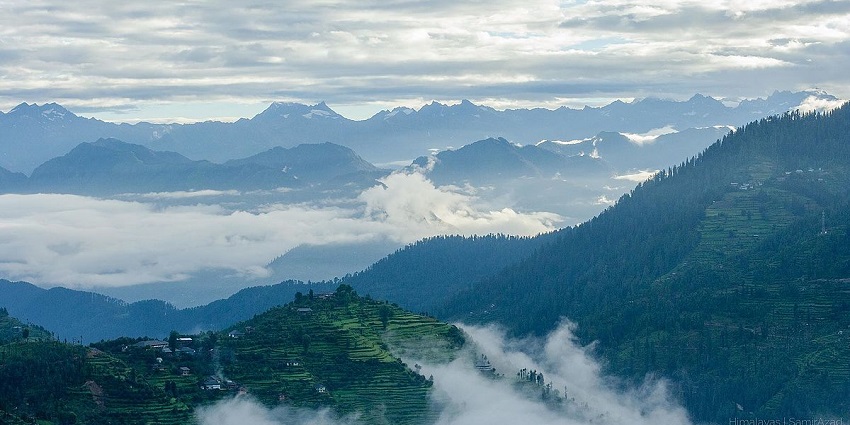
Photo: Samir Azad / Wikimedia Commons
One of UNESCO’s world heritage sites, GNHP is a large tract of unspoiled wilderness situated along the Khokhan Wildlife Sanctuary. It covers an area of more than 1,171 square kilometres and is valued for its exceptional biodiversity and breathtaking scenery. The park is home to diverse habitats, including temperate woods, alpine and tropical meadows, and rugged, rocky terrain. It also has diverse fauna, such as the endangered Himalayan Monal, the shy Western Tragopan, and the Himalayan Brown Bear.
Best Time To Visit: April to June and September to November
Activities: Trekking, wildlife observation, and nature photography.
3. Manali
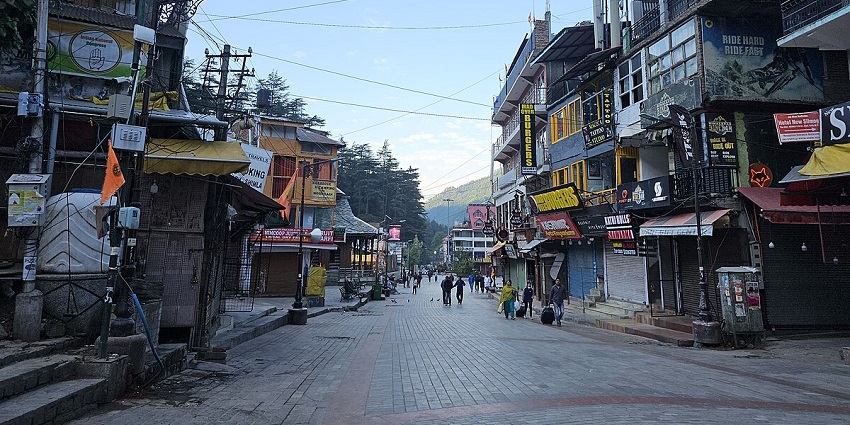
Photo: Ganesh Mohan T / Wikimedia Commons
Manali is a stunning hill town approximately 40 kilometres from Kullu. It is one of India’s most popular tourist attractions, renowned for its natural beauty and vibrancy. The town is well-known for its vast array of activities, which captivate every visitor—from thrill-seekers to those who just want to unwind. There are also exhilarating paragliding adventures that give visitors a bird’s-eye perspective of the area. It also has a wealth of historical and cultural landmarks, like the Manu Temple, where followers honour the sage Manu and the old Hadimba Temple, also called the Hadimba Temple.
Best Time To Visit: March to June and September to November
Activities: Explore the local markets, visit temples, and enjoy adventure sports.
Suggested Read: A Complete Travel Guide For The Best Things To Do In Kullu
4. Rohtang Pass
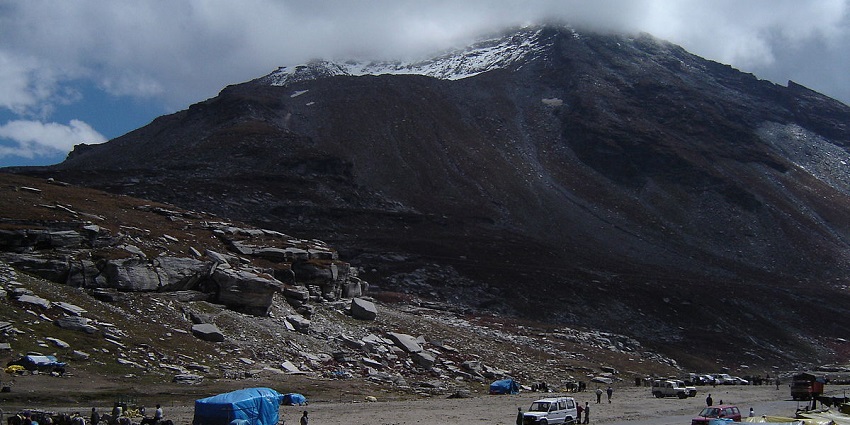
Photo: Iapain wik / Wikimedia Commons
Rohtang Pass, situated about 50 kilometres from Manali, is a high mountain pass in the Himalayas at an altitude of 3,978 metres. The pass serves as a gateway to the Lahaul and Spiti valleys and is renowned for its breathtaking views of the surrounding snow-covered peaks and glacial landscapes. The journey to Rohtang Pass offers spectacular Beas River vistas and the region’s rugged terrain. During the summer, the pass is accessible. It has become a popular destination for tourists seeking to experience snow and enjoy various snow-based activities such as skiing, snowboarding, and sledging.
Best Time To Visit: May to November
Activities: Trekking, wildlife observation, and nature photography.
5. Solang Valley
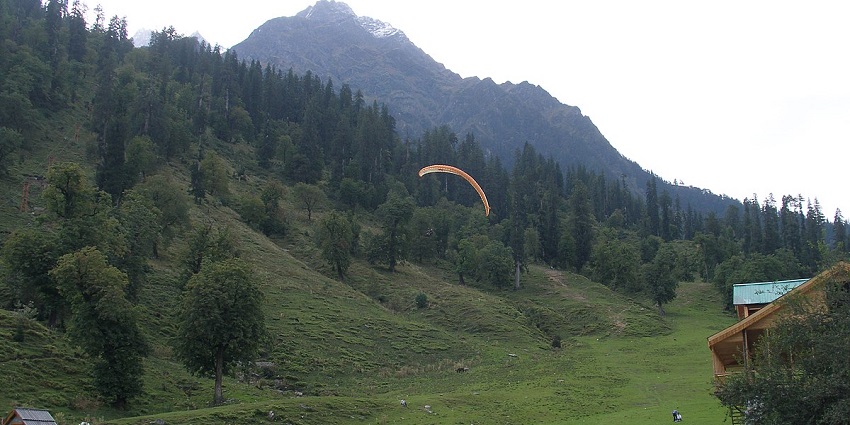
Photo: Vyacheslav Argenberg / Wikimedia Commons
Solang Valley, located about 14 kilometres from Manali, is a picturesque valley known for its stunning landscapes and adventure activities. The valley is named after the village of Solang and is renowned for its lush green meadows, snow-capped peaks, and clear blue skies. It is a popular destination for outdoor enthusiasts, offering a range of activities such as paragliding, zorbing, and skiing. Solang Valley transforms into a winter wonderland during the winter months, attracting visitors who come to experience snow and partake in skiing and snowboarding.
Best Time To Visit: May to June and September to November
Activities: Skiing, snowboarding, sledging, paragliding, zorbing, and horseback riding.
Suggested Read: Adventure Sports In Himachal Pradesh
6. Hampta Pass
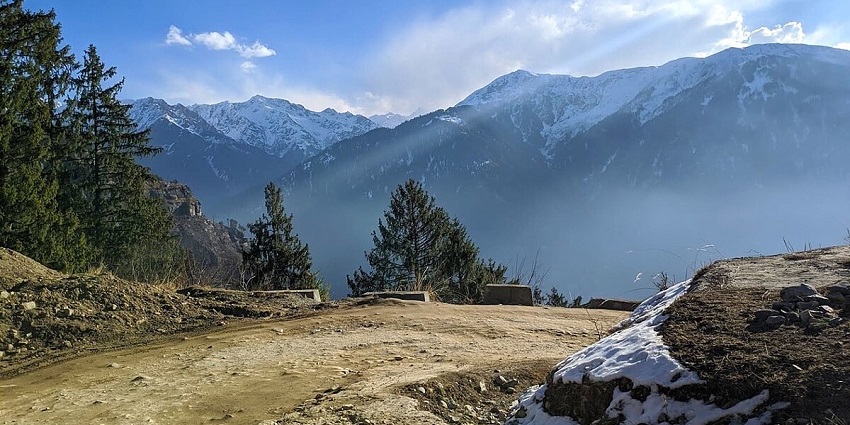
Photo: Photos Worldwide / Wikimedia Commons
The Hampta Pass Hampta Pass is 4,270 metres above sea level. The mountain pass that connects the Lahaul and Kullu valleys is breathtaking. One of the most well-known passes for hikers. Trekkers traversing the Hampta Pass experience a range of environments, including verdant meadows, thick forests, and arid, rugged terrain at high altitudes. The hike offers some of the most excellent views of the neighbouring Himalayan peaks; the Indrasen and the Deo Tibba are breathtaking. Typically, the trip begins in Manali and proceeds through several gorgeous locations, including Jobra and Balu Ka Ghera.
Best Time To Visit: June and September
Activities: Trekking, wildlife observation, and nature photography.
Where To Stay Near Khokhan Wildlife Sanctuary
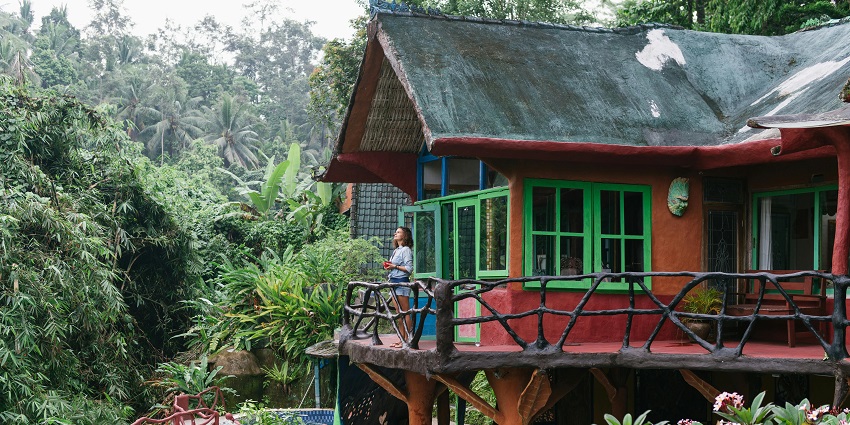
Photo: ArtHouse Studio / Pexels / Image For Representation Only
The hotels in and around Khokhan Wildlife Sanctuary include budget guest houses and mid-range hotels. In Kullu, the hotels are Hotel River View and Hotel Kullu View which are equally very comfortable with modern amenities and views at par. Lodges that are eco-friendly and homestays are an option for people who want to live near nature. It is advisable to book accommodation in advance, especially during peak tourist seasons, to secure the best options and avoid last-minute hassles.
Suggested Read: Wildlife Sanctuaries In Himachal Pradesh To Visit On Your Upcoming Trip
Where To Eat

Photo:Igor Starkov / Pexels / Image For Representation Only
Several diverse dining alternatives near Khokhan Wildlife Sanctuary suit every taste. In Kullu, several eateries provide traditional Himachali food, like Chana Madra and Siddu. Savour the flavours of Indian, Tibetan, and Continental cuisine at any of the many Dhabas and often more expensive restaurants. Whether you dine in a local dhaba or a more upscale restaurant, the culinary offerings near Khokhan Wildlife Sanctuary will surely enhance your travel experience.
Best Time To Visit Khokhan Wildlife Sanctuary
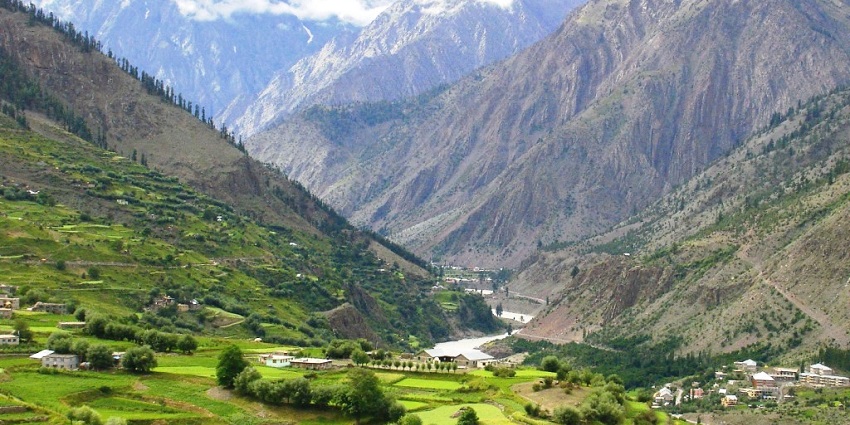
Photo: Himalayan Trails / Wikimedia Commons / Image For Representation Only
The ideal times to visit Khokhan Wildlife Sanctuary are from March to June and September to November. During these months, the weather is pleasant, making exploring the sanctuary and observing wildlife easier. Summer brings mild temperatures and clear skies, while winter can be pretty cold, and the monsoon season may cause travel disruptions and reduced visibility. To fully enjoy the beauty and biodiversity of Khokhan Wildlife Sanctuary, planning your visit during the more temperate and dry months of spring, early summer, or autumn is recommended.
Suggested Read: Best Places To Visit In Tirthan Valley To Explore The Pristine Nature
Other Factors To Consider

Photo: Thomas balabaud / Pexels / Image For Representation Only
Average Cost Of The Trip
For budget travellers, daily expenses range from INR 2,500 to INR 4,000 and include lodging, meals, and local transportation. This might cost between INR 5,000 and 7,000 per day for those on a medium budget, while a luxury trip could cost more than ₹10,000. The latter can cover things like stays at five-star hotels (6,000–10,000), gourmet meals (2,000–4,000), and private transportation (3,000–5,000)—usually, admission to the sanctuary costs between ₹100 and ₹300.
Tips For Travellers:
- Check road conditions before travelling, especially during the monsoon or winter months.
- Pack essential medications and a first-aid kit for unexpected health needs.
- Ensure your vehicle is well-maintained and fueled up before heading to remote areas.
- Inform someone of your travel plans, especially if trekking or camping in less populated regions.
- Carry a power bank or extra batteries for your devices, as power sources may be scarce.
- Respect local customs and traditions to foster positive interactions with the community.
- Dispose of waste responsibly and follow eco-friendly practices to protect the environment.
- Plan your itinerary with extra time for unforeseen delays or detours during your trip.
The Khokhan Wildlife Sanctuary, celebrated for its natural beauty and ecological diversity, offers a serene escape and a chance to explore the unique wildlife of Himachal Pradesh. Whether you’re a nature enthusiast or seeking spiritual tranquillity, the sanctuary promises a memorable and enriching experience amidst breathtaking surroundings. Embark on your next adventure with TripXL and discover this breathtaking destination, creating unforgettable memories.
Cover Photo: Anthony / Pexels / Image For Representation Only


 WhatsApp
WhatsApp
 Twitter
Twitter









